ALSO BY REVA SETH
First Comes Marriage:
Modern Relationship Advice from the
Wisdom of Arranged Marriages
PUBLISHED BY RANDOM HOUSE CANADA
Copyright 2014 Reva Seth
All rights reserved under International and Pan-American Copyright Conventions. No part of this book may be reproduced in any form or by any electronic or mechanical means, including information storage and retrieval systems, without permission in writing from the publisher, except by a reviewer, who may quote brief passages in a review. Published in 2014 by Random House Canada, a division of Random House of Canada Limited, Toronto. Distributed in Canada by Random House of Canada Limited.
www.randomhouse.ca
Random House Canada and colophon are registered trademarks.
Library and Archives Canada Cataloguing in Publication
Seth, Reva, author
The momshift : women share their stories of career success
after having children / Reva Seth.
ISBN 978-0-345-81264-3
eBook ISBN: 978-0-345-81266-7
1. Working mothersAnecdotes. 2. MotherhoodAnecdotes.
3. Mother and childAnecdotes. 4. Work and familyAnecdotes.
5. Work-life balanceAnecdotes. I. Title.
HQ 759.48.s48 2014 306.8743 C 2013-905438-3
Cover design by Terri Nimmo
v3.1
For my boys, Seth, Avery and Devan
&
For my mother, Manjuthank you
Having it all is a myth, girls, so just make sure your daughters marry rich men.
INDIA KNIGHT , The Sunday Times, May 17, 2009
Its time to stop fooling ourselves the women who have managed to be both mothers and top professionals are superhuman, rich, or self-employed.
ANNE-MARIE SLAUGHTER , The Atlantic, June 13, 2012
Several factors hold women back at work. Too few study science, engineering, computing or math. Too few push hard for promotion. Some old-fashioned sexism persists, even in hip, liberal industries. But the biggest obstacle (at least in most rich countries) is children.
The Economist, August 25, 2012
INTRODUCTION
Welcome to the MomShift
What Is the MomShift?
I grew up with the very clear message that children were, quite simply, a career obstacle.
Ironically, the people giving me this message were my own parents and our family friends, people who were and are some of the most devoted parents Ive ever met. But for them, parenthoodwell, motherhoodwas a burden that required continual personal sacrifice.
My mother never worked outside the home, but very early in my life I understood that she had wanted a career in medicine. However, right out of university, shed gotten married, immigrated to Canada and within a year, given birth to meall by the age of twenty-three.
Could my mom have had a career? Of courseand many women in situations like hers did. But for my mother, the obstacles were overwhelming.
I wont lie; as a child I loved having a stay-at-home mother. Although it wasnt her first choice to be there, my mother is a naturally optimistic and happy person to be around and she created an incredibly warm and loving home for me and my brother. But as I got older, I felt a certain confusion about her early decisions. My father, usually in an effort to persuade us to do something, frequently reminded us to be grateful that your mother gave up everything for you.
As a teenager, I didnt want to be told to be gratefulI hadnt asked for this sacrifice and I didnt want the accompanying guilt. I would have preferred to know that my mother was happy and fulfilled by her choices and lifeknowing instead that she had wanted one path and had gone down the other, I wasnt sure.
Im still not.
But I am convinced that it might have been easier or different for her if it hadnt seemed like the two paths were quite so separate.
Why Are We Still Here?
Astonishingly, almost forty years later the tension between career and family not only continues, but has intensified, as a generation of women raised with different expectations than those of my mother feel that they face similarly stark life choices.
Culturally, two competing narratives continue to dominate. The first is that of the successful career woman; the second is that of the happy housewife. These two archetypes run on parallel streams and rarely do we see them meetingat least publicly.
In 2003, The New York Times published The Opt Out Revolution (which became the most e-mailed article of the year), firmly cementing the either/or framework of work or family for another generation of women.
The article looked at a number of highly qualified professional women who were also mothers. Feeling that they were doing neither their paying job nor their parenting job well, they were instead opting to drop out of the workforce to stay home with their kids.
Fast-forward nine years to Anne-Marie Slaughters cover story in The Atlantic, Why Women Still Cant Have It All, about work/life balance for women in high-ranking government and professional jobs. The article broke readership records on the magazines website and generated reams of columns, responses, blogs and discussion.
Both of these articles, and the public and media buzz they created, are examples of what novelist Chimamanda Adichie described in a TED talk as the dangers of a single story in a culture. This refers to the phenomenon where a dominant narrative emerges and then self-perpetuates, becoming self-fulfilling and obscuring alternatives or nuances. And in our current culture there is a powerful single story about women and work: that (barring having superstar status and income) having children hinders a womans career and is an obstacle to her ambition.
Accepting this single story means overlooking or ignoring many of the ordinary post-baby career success stories all around usmost of which are far more relevant and applicable to the lives of more working mothers today than the ones that the media continues to focus on. This became starkly clear to me seven years ago when I became unexpectedly pregnant with my eldest son, and was completely frustrated by the lack of working-mom role models that I felt I could relate to.
It seemed that the only success stories I read or heard about were either celebrities with their best post-baby body ever! or female CEOs whose lives and achievements, although inspirationaleven aspirationalwere not relevant to the immediate choices and struggles I was facing.
The Story in Numbers
For the first time in history, women are the majority in the workforcebut the story in numbers shows that there is still a long way to go. Women remain grossly underrepresented at the top of almost every profession. At the time of writing:
 Of 199 heads of state in the world, only seventeen are women.
Of 199 heads of state in the world, only seventeen are women.
 Of all the people who are in parliaments around the world, only 13 percent are women.
Of all the people who are in parliaments around the world, only 13 percent are women.
 In the corporate sector, women in the top C-level jobs (CEO, COO, etc.) and on corporate boards top out at 15 to 16 percent.
In the corporate sector, women in the top C-level jobs (CEO, COO, etc.) and on corporate boards top out at 15 to 16 percent.



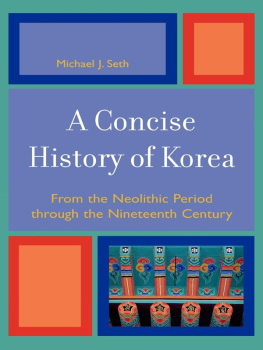



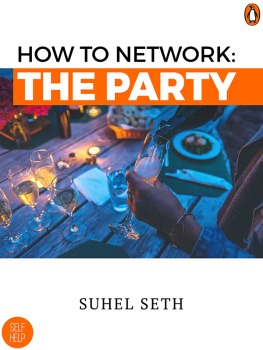
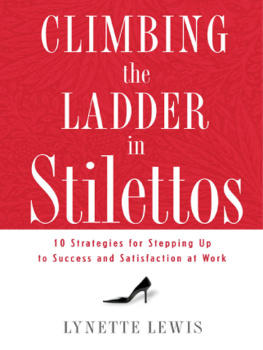
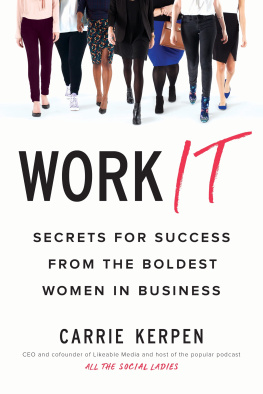
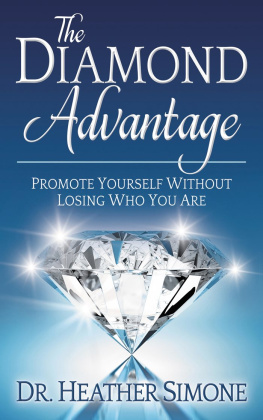
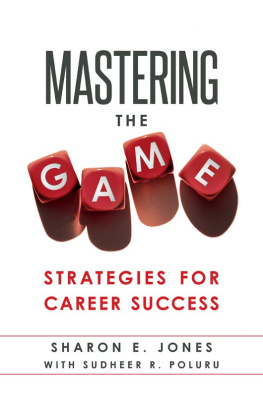
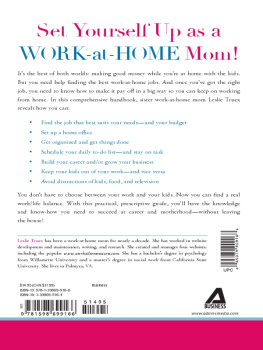
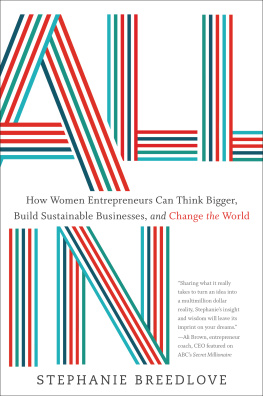
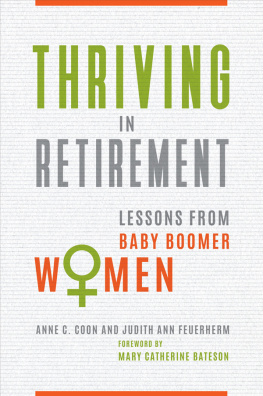
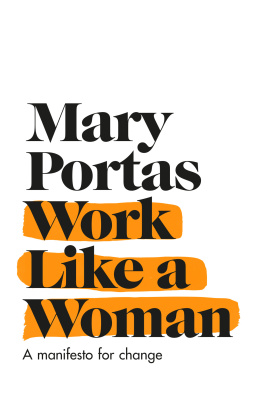

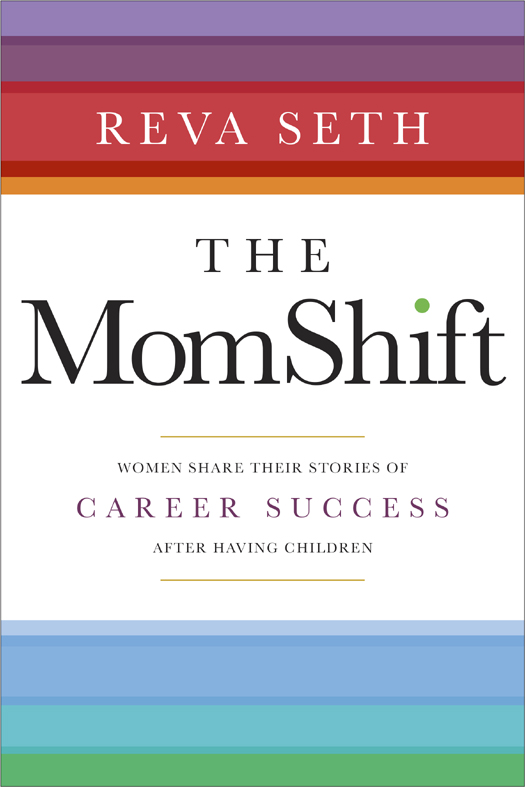
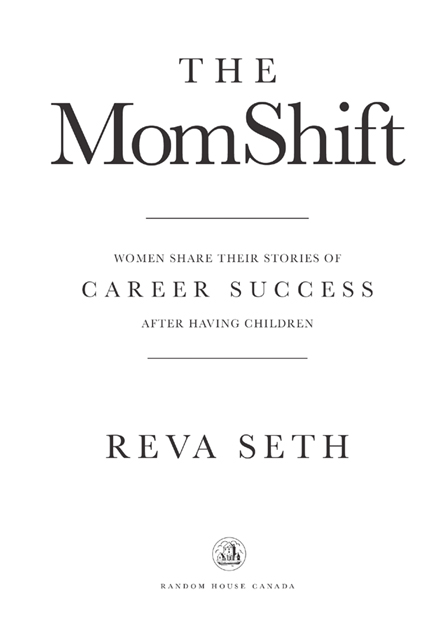
 Of 199 heads of state in the world, only seventeen are women.
Of 199 heads of state in the world, only seventeen are women.